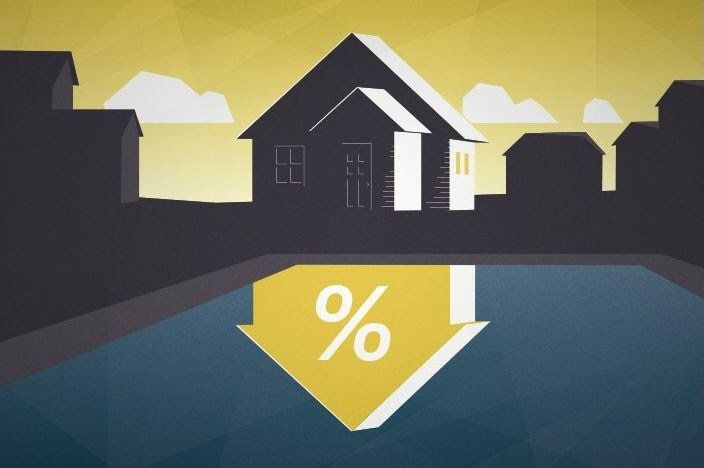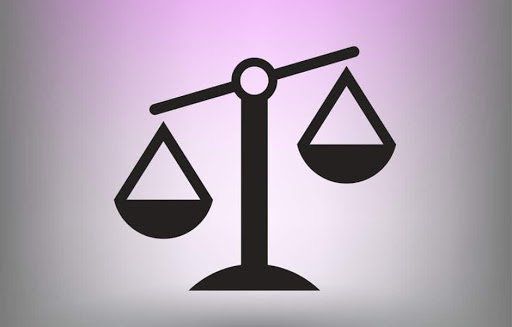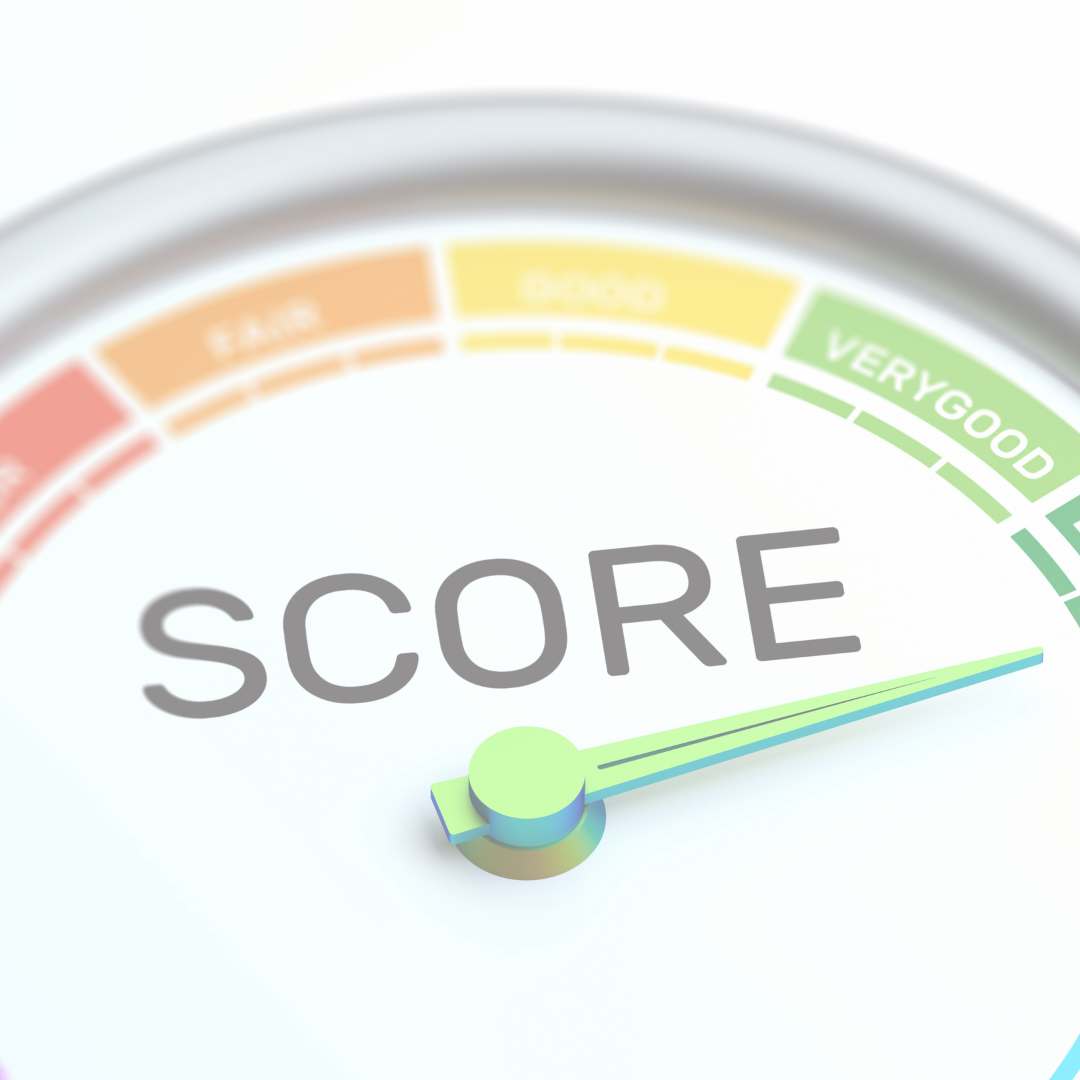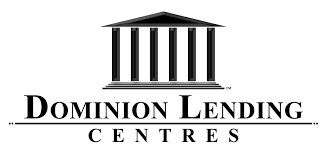Robinson Mortgage Articles
Got questions about mortgages or buying a home? Have a look through our articles to find what you need, or reach out if you need further help.

As you might have heard, interest rates in Canada are at an all-time low. These rates are being pushed down by the uncertainty from Covid and we don’t see them rising anytime soon. Actually, the Bank of Canada hinted that interest rates won’t rise until 2023: “Based on the Bank’s new forecasts, this implies it has no intention of raising policy rates for several years,” wrote Capital Economics economist Stephen Brown. “While the Bank may eventually raise its central scenario forecasts for growth and inflation, our forecasts are still consistent with the broad message in today’s policy statement,” he added. “That is, despite the huge stimulus, there is little chance that a surge in inflation will justify raising interest rates within the next few years.” So what does this mean for you? Great news, if you are currently in a variable rate, this means your rates are predicated on prime which is currently set at 2.45%. You either have a variable rate of prime (2.45%) minus or plus a spread. Ie. If you are prime -.50%, you would be 2.45% (Prime) - .50% (your discount) = 1.95%. If you have any unsecured or secured lines of credit, student loans, certain car loans, etc, you will be seeing low interest rates for the foreseeable future. The spread being offered on variable rates is slowly coming down and there might be an opportunity to reduce your current variable or fixed rate and take advantage of the historically low rates. There could be a cost to do this (penalty, legal, and/or appraisal) so we’d have to run the numbers to see if it makes sense. The best part of a variable rate mortgage is it comes with the lowest penalty which equals 3 months interest. If you are currently at a fixed rate, this means you’re locked in for the remainder of your term at your current rate. There might be an opportunity to break your current fixed rate mortgage and take advantage of the low variable or fixed rates BUT it would have to make sense. We will have to factor in a penalty and closing costs to see what the savings actually are. These low rates are good for everyone, it’s just a question if you can take advantage of them now or in the near future. If you’d like to see what your options are, please reach out and we’ll see what we can do.

When looking for a mortgage, there are many factors that come into play. The first and most obvious is interest rate. In theory, finding the best interest rate should save you the most amount of money but that’s not always the case. Your ultimate goal should be to pay the least amount of interest during your term and understanding the small print will help you achieve that. Here are 5 things you should know about your mortgage 1. What is my penalty? The inevitable mortgage penalty comes into play if you decide to break your mortgage for various reasons - refinance, sale, etc. Penalties are calculated differently from lender to lender and fixed vs. variable. The range of penalty can be .75% to 6% or even 7% of your mortgage balance. If your mortgage balance is 400k, that would mean your range is $3,000 to $28,000. To be honest, the lenders are banking (pun intended) on you breaking your mortgage as 60% of Canadians do in the first 3 years. It’s my job to make sure when you do, you pay the least amount of interest. 2. Is my mortgage portable? This means, if you buy another home, it might make sense to take your current mortgage and interest rate with you instead of paying the penalty. Most lenders allow this, but some mortgage products don’t. It is essential to know if you can take your mortgage with you for the life of your term so you’re not surprised down the road. 3. What is the small print in my mortgage? Some no-frills mortgage products offer a lower interest rate but come with some small print. A bona-fide sales clause is one, this means you can’t break your mortgage unless you sell your property. Another one is a fixed penalty percentage, meaning you might pay 3% of your mortgage principal to break even a variable rate mortgage. These are just a couple of the things you need to be aware of. 4. What are my prepayment privileges? The majority of mortgages come with prepayment privileges. This is the ability to increase your monthly payment and/or make a lump sum payment - both will put the funds directly towards your principle which means you’re paying off your mortgage quicker. Some lenders allow you to prepay up to 25% of your original mortgage amount at any time during the year. Other lenders allow you to pre-pay up to 10% but only on the anniversary date of your contract. If you anticipate using your prepayment privileges then it would be wise to align yourself with the more flexible lender. 5. Do I have a standard or collateral charge mortgage? It’s important to know this because, at renewal time, there is typically no cost to switch lenders - aka...you are a free agent. But if your mortgage is registered as a collateral charge, you could incur costs of $1,000 to $1,200 to leave your lender. Your current lender knows you have to pay those costs so the renewal rate might not be as low as you expected. Knowing the answers to these questions will only better prepare you and at the end of the day...save you money.
Let’s get moving
Why wait? Let’s get you started on the path to finding the perfect mortgage. A new home or major mortgage savings are just a few clicks away.



